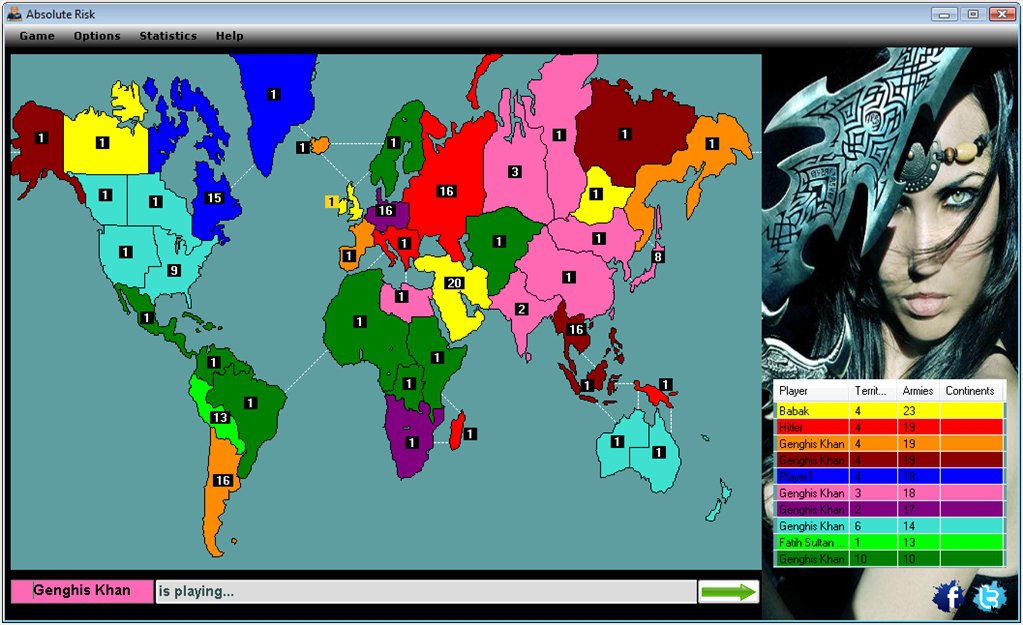

- #Free full risk 2 how to
- #Free full risk 2 update
Identify new risks or update risks as the project progresses. This keeps all team members and stakeholders on the same page, which ensures transparency. Include active risks in project status reports to maintain visibility. Doing so ensures that all potential risks are analyzed and covered within the risk register, which can minimize potential impacts on projects if the risks come to fruition. Create the plan when the project is approved as part of the project proposal or brief. Keep an open mind to ensure these downfalls don’t plague your projects, even as you begin to identify and solve risks before they arise.Īs you create your risk register template for your project, keep these tips in mind to create the most effective, comprehensive documentation of risks. However, not all risks can be foreseen, which can lead to a fallacy of concreteness in project plans. Sometimes, doing so can lead to ritualistic decision making and give a false illusion of control over situations. Instigate actions to reduce probability and potential impactĪlthough risk register templates are extremely useful for project owners as they work to identify risks and combat them, there are some downfalls in preplanning for risks so meticulously. Flag unidentified risks through open communication and input from team members. Forecast and preparing a strategy for inevitable risks. Identify mitigation actions required to solve a risk or its impact. Ensure communication with key stakeholders and senior management, should risks come into effect. Provide a documentation of risk strategies. When updated regularly and shared with team members, a risk register serves as a useful tool to manage and reduce the risks associated with any given project.Īdditionally, using a risk register during business planning can help you to do the following: You should incorporate a risk register at the beginning stages of the project planning process. Additionally, you can review risks at the end of each phase of a project lifecycle and assess how well each risk was handled or how proposed remedies aided in the control of the specific risk. Both the Project Management Body of Knowledge (PMBOK) and Prince2 state that a risk register template is a key component of any successful project. Using a risk register adds structure and consistency to the project risk management process by having a readily-available document that targets each individual risk before it occurs. #Free full risk 2 how to
Doing so helps teams gain the most comprehensive sense of what the project entails and how to complete it. Often, the risk register is included in a project’s work breakdown structure, a tool that visually breaks down a project into separate deliverables and individual components needed to complete the work.

You can include additional components in your risk register as well, such as residual risk, action progress, response effectiveness rating, and threat responses. Status of risk (active, not started, ongoing, complete, dormant, retired).No-code required.Ī risk register is a brief yet informational document that includes many key components that help businesses and individuals identify, assess, and mitigate any risks associated with projects at each phase, from start to finish. WorkApps Package your entire business program or project into a WorkApp in minutes.Digital asset management Manage and distribute assets, and see how they perform.Resource management Find the best project team and forecast resourcing needs.Intelligent workflows Automate business processes across systems.Governance & administration Configure and manage global controls and settings.Streamlined business apps Build easy-to-navigate business apps in minutes.

Data connections Synchronize data across critical business systems.Secure request management Streamline requests, process ticketing, and more.Process management at scale Deliver consistent projects and processes at scale.Content management Organize, manage, and review content production.Workflow automation Quickly automate repetitive tasks and processes.Team collaboration Connect everyone on one collaborative platform.Smartsheet platform Learn how the Smartsheet platform for dynamic work offers a robust set of capabilities to empower everyone to manage projects, automate workflows, and rapidly build solutions at scale.







 0 kommentar(er)
0 kommentar(er)
